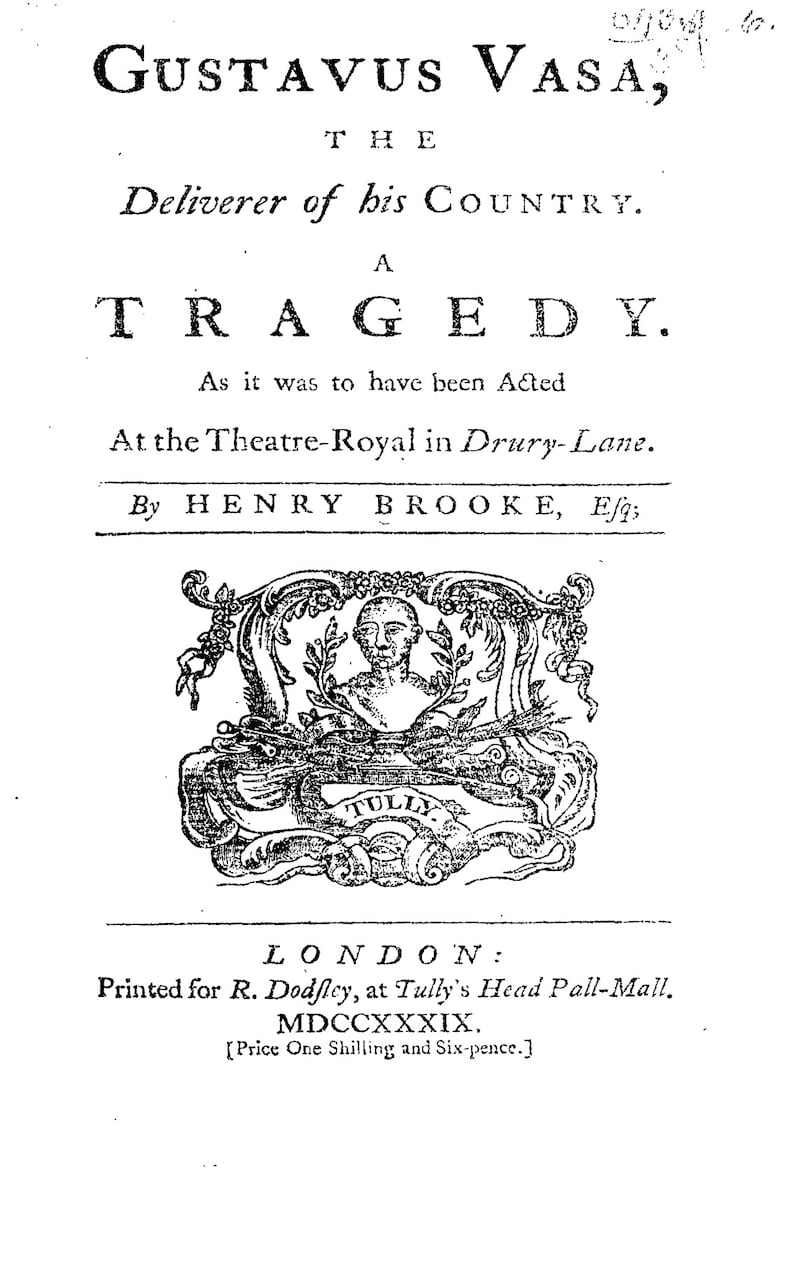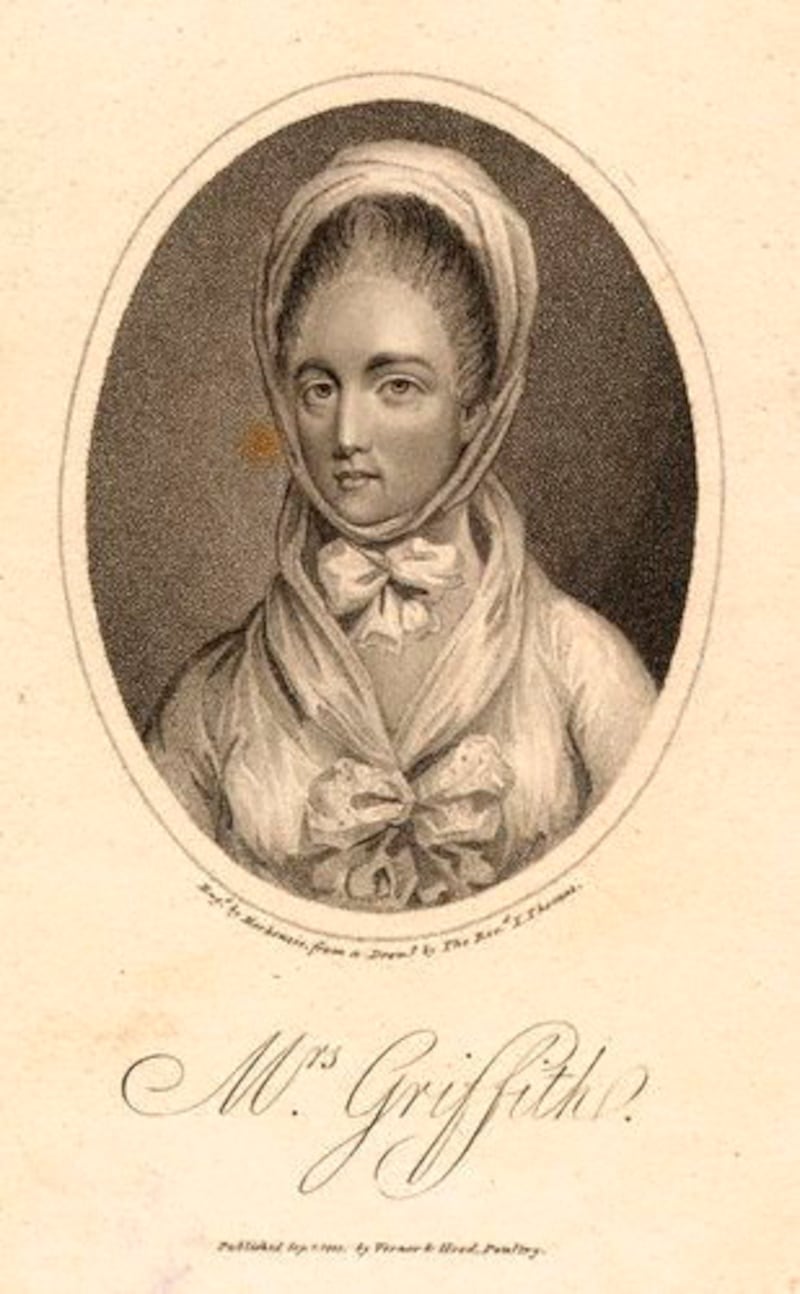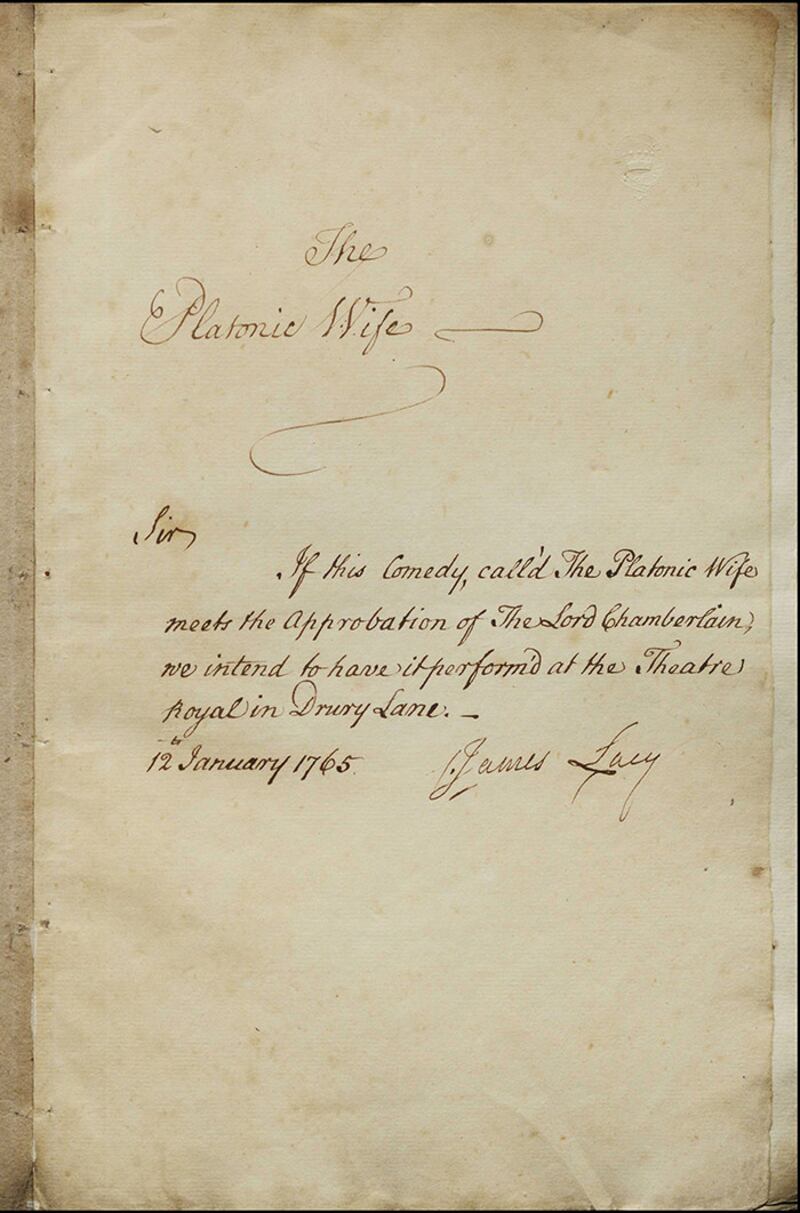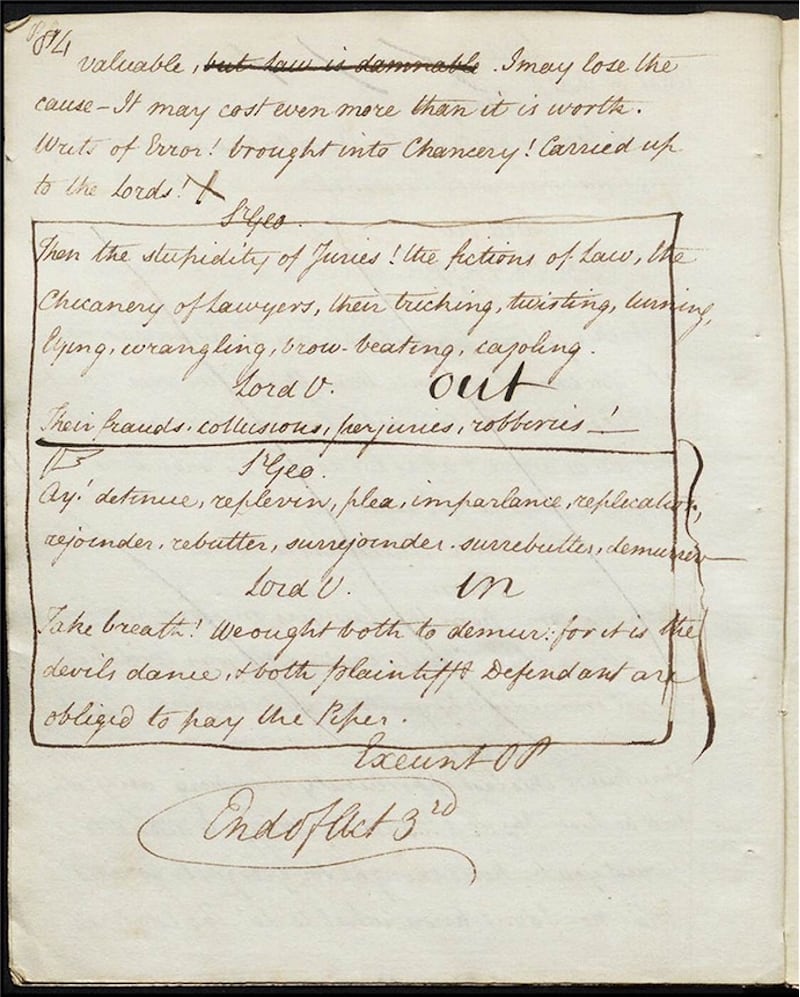Bishop Len Brennan was no student of theatre history. If he was, he could have saved himself the trouble of putting Fathers Ted and Dougal on placard duty outside the Craggy Island cinema. In trying to censor their parishioners’ lascivious tendencies when that avant-garde masterpiece of European cinema, The Passion of St Tibulus (a type of nudie thing), came to town, the hapless pair only served to fire them up. The “Down with this sort of thing” deterrent proved to be a beacon to direct panting punters into the stalls and St Tibulus became the island’s most successful film since Spielberg’s Jurassic Park.
Censorship, as observed by critics from the 18th-century Lord Chesterfield to Judith Butler, always inevitably undermines itself by calling attention to that which it attempts to silence. In the 1737 parliamentary debate, Chesterfield was the sole voice speaking against the introduction of the Stage Licensing Act, championed by prime minister Robert Walpole, who was getting increasingly irked by how he was being portrayed on stage by leading satirists Henry Fielding and John Gay.
Thereafter, all new spoken drama for the patent theatres of Drury Lane and Covent Garden in London had to be approved by the Lord Chamberlain. The 1737 Stage Licensing Act was a remarkably powerful and long-lasting piece of legislation that would remain on the statute books in one form or another until 1968. The degree to which the legislation was successful in stifling political comment is a complicated question but it is certainly the case that Irish playwrights, so central to London’s Enlightenment theatrical culture, feature significantly in its history.
Chesterfield pointed out in his speech that banning performances meant that the plays could then be printed and advertised as tantalising forbidden literary fruit to the financial benefit of the author:
And will not the Printer set the Refusal in his Title-Page as a Mark of Value? Is it not natural to be fond of any Thing that is forbid, and will it not be more likely to have its effect among the People by this Means?

And this certainly proved the case for Cavan man Henry Brooke, who authored the first play refused a performance licence under the new legislation. Gustavus Vasa (1739), a political allegory about the titular Swedish king defending his country from Danish tyranny, was yet another swipe at Walpole. But the prohibition saw the opportunist Brooke publish a subscription edition (complete with an indignant and self-righteous preface) shortly after at a pricey five shillings. Chesterfield chipped in a remarkable 10 guineas (or 210 shillings). Jonathan Swift also put his name down for 10 copies, one of an extensive list of people who subscribed for multiple copies. So while there was no actual performance of the play in London, many influential people read it anyway – and Brooke made lots of money.
After an initial flurry of banned plays in the late 1730s, the theatrical world adapted to the new regime and internalised the new culture of censorship. It became rare for a play to be banned outright – theatre managers were wary of poking the bear – and often plays simply had a line cut here and there. However, in 1770 the great Irish actor and playwright Charles Macklin’s comedy The Man of the World was rejected out of hand. In fact, the revised play was rejected again in 1778 before finally being accepted for performance in 1781 and would remain unique in the 18th century in being the only play to be twice refused a licence.
Macklin had a problem with the Scots. The Man of the World featured Sir Hector MacCrafty (revised later to the mildly less offensive Sir Pertinax MacSycophant), a devious and grubbily self-interested man only interested in sustaining his family’s fortune rather than contributing to the societal good. Macklin used MacCrafty to call out the endemic political corruption he saw in London. While the Lord Chamberlain’s office had little difficulty with national stereotypes (the stage was full of them at the time, most notably the Stage Irishman), Macklin’s play came too close to the regime of Scottish prime minister Lord Bute who held office very briefly in 1760-61. He was widely perceived to have diverted plum jobs and Exchequer funds towards a Scottish cabal in London and thus Macklin’s play was too pointed a reminder of how susceptible the English parliamentary system was to such corruption. Even when The Man of the World was finally performed in Covent Garden Theatre in 1781, long after Bute was gone, feelings remained high and the initial performances inspired a sort of proto-Triple Crown ruck as Macklin reported in a letter to fellow thespian Tate Wilkinson:
The low and vulgar Scotch, the low and envious critics, the Methodists, and some ignorant, attacked the first night […] The second night, about six vulgar Scots in the gallery attacked it, a battle ensued, the English, Irish, and Welch, were full ready for such things as you may imagine, they were beat, turned out; - a Scotchman who gave the first blow, was, for the assault, sent to the round house, – bailed next morning before a justice.
Political commentary would remain the most common cause of theatrical prohibition well into the 19th century. But there were other reasons for censorship, sex and religion looming large. Despite prominent objectors such as Chesterfield and Samuel Johnson, the 18th-century theatrical community generally agreed with the principle of censorship even if they might disagree with how it was applied to their particular case. Theatre was central to Georgian society, perceived to be a mechanism through which societal morality could be sustained. Comedy, for instance, became less bawdy as the century progressed and it was a struggle to open up more challenging questions around sexual behaviour as Elizabeth Griffith discovered.

Born in Wales but raised in Dublin, Griffith began as an actor in Smock Alley in 1749. In 1765 she wrote The Platonic Wife, essentially a meditation on modern marriage and the mutual expectations of husband and wife. While there is considerable weight put on female propriety and obedience, scrutiny is also applied to the behaviour of men. And this is where Griffith got herself in trouble. Her play is a fascinating example of how playwrights, particularly women, did not just have to worry about official censorship but also censorship imposed by the audience or newspapers.

There was always a frisson of reputational danger for any woman associated with the theatre – be it as an actor, playwright, or even simply as an audience member – as it was perceived to be a site of sexual licentiousness. Women like Griffith had to be extremely careful, held as they were to a higher standard than men. A scene where the nefarious Charles plots the rape of Emilia was passed for performance but it did not go down well with the audience, as Griffith was obliged to publicly acknowledge:
The unkind Treatment […] which this Comedy met with on Thursday Night, has given her the highest Concern, not for the Attack on her Character as a Writer, but as a Woman, the Imputation of Indelicacy being certainly the most cruel […] she receives their Correction with Submission, and hopes she may be thought to have shewn proper Attention to it, by striking out every Passage in the Representation, which they seemed to think exceptionable. (Public Advertiser, January 28th, 1765)
Comparing the manuscript of the submitted play which shows the passages marked for deletion by the Examiner to the revised version published by Griffith shortly after the play’s brief run is enlightening. Much of the discussion regarding the abduction, rape and indeed possible murder of Emilia had now been expunged. Sexual violence on the part of entitled men was an 18th-century commonplace and regularly depicted in literature (Samuel Richardson’s Pamela and Clarissa are well-known examples, and see any Gothic novel one might care to mention). But representing this on stage – and by a woman too – was not welcome in the period.
Many other Irish playwrights fell foul of the Examiner of Plays from comedian John O’Keeffe to Kane O’Hara (co-founder of the Dublin Academy of Music in 1757) to poet Thomas Moore. They were not targeted for particular treatment due to their Irish nationality but it is fair to say that as immigrants they offered a caustic outsider’s perspective on English social mores that generated friction with establishment regimes such as censorship regulations.

Rarely ‘careful now’, their diasporic dramatic output is a rich archive for those interested in Irish attitudes and influence in London. Literary scholars have long benefited from this archive but social historians should be more aware of the theatrical archive as a primary body of evidence. Echoes of societal debates on topics such as female sexuality, Irish political dissent, and many others can be traced in these play manuscripts. A broader methodological approach to history, with the theatrical repertory becoming a more widely accepted cross-disciplinary primary archive, can illuminate how Irish playwrights helped shape the eighteenth-century public sphere in Britain.
David O’Shaughnessy is Professor of Eighteenth-Century Studies at the University of Galway. He is the editor of The Censorship of Eighteenth-Century Theatre Playhouses and Prohibition, 1737–1843, which is being launched on September 21st by Cambridge University Press. It can be attended on Zoom via this link. An accompanying free-to-access digital resource, featuring the plays discussed here, among others, along with explanatory commentary, is available at tobeomitted.tcd.ie
















